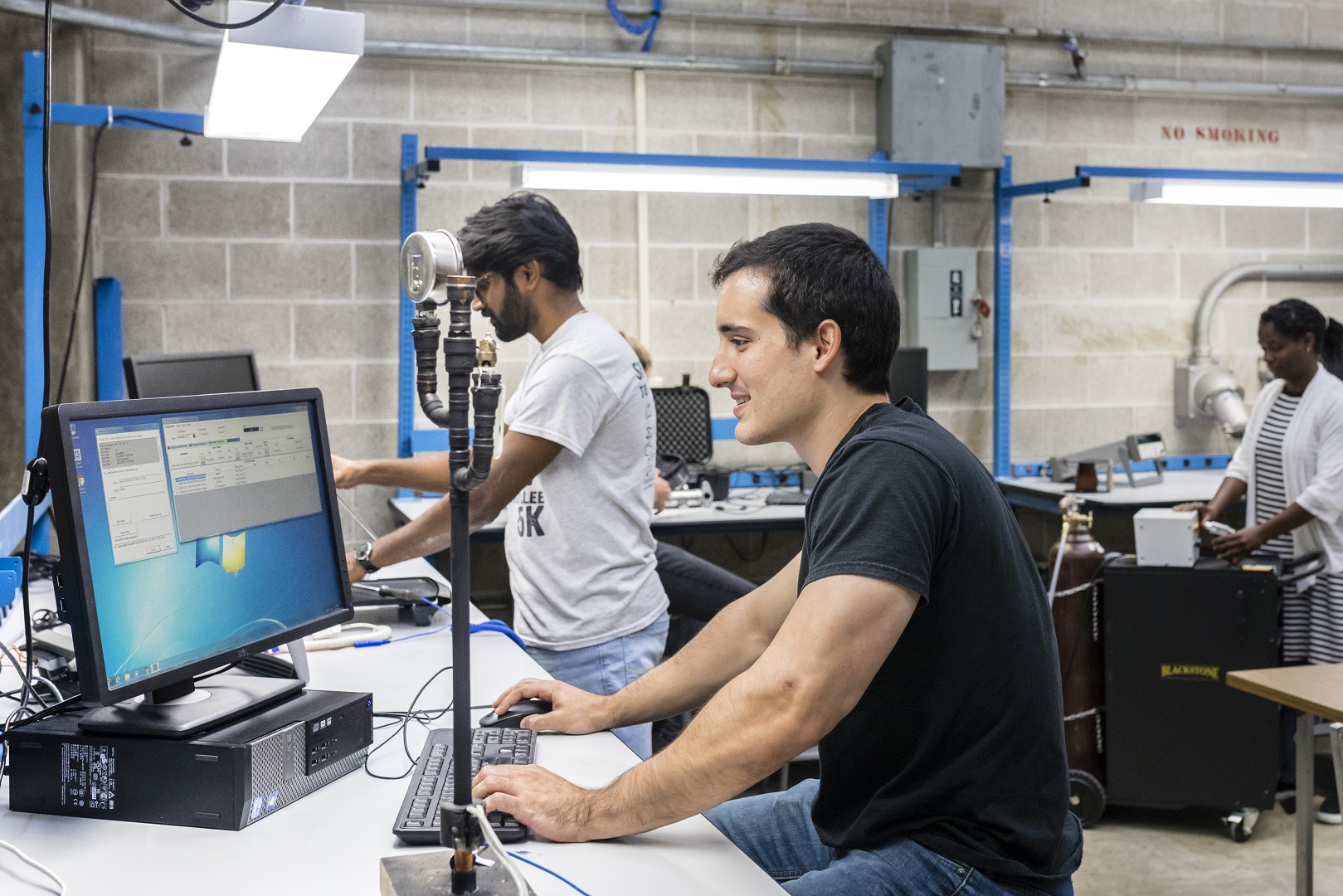

Blogs
Ready for some research? Learn from the experiences of student researchers at the University of Wisconsin-Milwaukee
August 04, 2020

Raunak Khaitan, a computer engineering undergraduate student at UWM, is currently working on a navigational tool for people who are legally blind.
"It would be a wearable smart device that a blind person can put on and just navigate independently, without any external assistance," Khaitan said. "This would be based entirely upon machine learning and artificial intelligence infrastructure."
Khaitan found his opportunity through UWM's Office of Undergraduate Research (OUR), which connects motivated students with faculty members in need of research assistance. The OUR also supports these collaborations by providing student salary, travel support, and professional development opportunities. International students are allowed to work up to 20 hours per week on campus, and being an OUR research assistant is approved campus employment.
UWM is one of the United States' top 131 research universities, as recognized by the Carnegie Classification of Institutions of Higher Education. The university's R1 status was earned in large part due to its more than 60 doctoral programs and 24 research centers.
Facilities should be a major consideration for any international student interested in researching at a university in the United States. Kaustubh Rane, a PhD candidate and graduate assistant in the Center for Advanced Materials Manufacturing at UWM, did not have access to the research technology he now uses regularly when he was an undergraduate student in Mumbai.
"Coming from where I was, I did not use all the big equipment like a scanning electron microscope and other stuff, so it was all very new to me when I started my research here," he said. "As I kept going forward, I realized the equipment here is not only enough, but more than enough in most cases to carry out your research projects."
While pursuing his Master's degree, Rane did extensive research on metals, working on a project expected to significantly decrease the cost of water faucets. Now a PhD candidate, Rane has shifted his attention toward a potential medical breakthrough.
"We are trying to make a scaffold which we will put inside the body to help with the regrowth of bones," he said. "It's made of magnesium, which is very biocompatible. You can put it in your body without any harmful side effects."
Khaitan and Rane agree that students who are interested in research should start by simply reaching out to an expert in the field.
"If you have the curiosity or the drive, just go and talk to a professor," Khaitan said. "They're almost always happy to help."
About $21 billion worth of research and development projects at colleges and universities were funded in the United States last year, according to a Congressional report.
Back to blog list
